
Mornington Crescent is a London Underground station in Somers Town in north west London, named after the nearby street. The station is on the Charing Cross branch of the Northern line, between Camden Town and Euston stations. It is in Travelcard Zone 2.
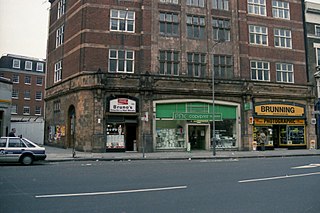
British Museum was a station on the London Underground, located in Holborn, central London. It was latterly served by the Central line and took its name from the nearby British Museum in Great Russell Street.
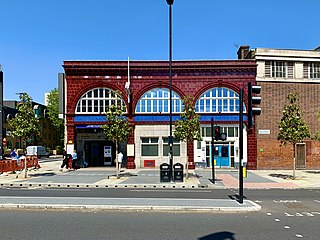
Lambeth North is a London Underground station in the district of Lambeth, at the junction of Westminster Bridge Road and Baylis Road. It is on the Bakerloo line, between Waterloo and Elephant & Castle stations, and is in Travelcard Zone 1. It is located at 110 Westminster Bridge Road, and is the nearest tube station to the Imperial War Museum. In 2017, it was ranked the least-used Underground station in Zone 1.

Maida Vale is a London Underground station in Maida Vale in inner north-west London. The station is on the Bakerloo line, between Kilburn Park and Warwick Avenue stations, and is in Travelcard Zone 2.

Covent Garden is a London Underground station serving Covent Garden and the surrounding area in the West End of London. It is on the Piccadilly line between Leicester Square and Holborn stations and is in Travelcard Zone 1. The station is at the corner of Long Acre and James Street and the street-level concourse is a Grade II listed building.

Russell Square is a London Underground station opposite Russell Square on Bernard Street, Bloomsbury, in the London Borough of Camden. The station is on the Piccadilly line, between Holborn and King's Cross St Pancras and is in Travelcard Zone 1.

King William Street was the original but short-lived northern terminus of the City and South London Railway (C&SLR), the first successful deep-level underground railway in London and one of the component parts of the London Underground's Northern line. It was located in the City of London, on King William Street, just south of the present Monument station. When King William Street was in operation the next station to the south was Borough and the southern terminus of the line was Stockwell.
London has been used frequently both as a filming location and as a film setting. These have ranged from historical recreations of the Victorian London of Charles Dickens and Sherlock Holmes, to the romantic comedies of Bridget Jones's Diary and Notting Hill, by way of crime films, spy thrillers, science fiction and the "swinging London" films of the 1960s.

Essex Road is a National Rail station in Canonbury in Greater London, England, and is on the Northern City Line between Old Street and Highbury & Islington, 1 mile 59 chains (2.8 km) down the line from Moorgate, and is in Travelcard Zone 2. The station is at the junction of Essex Road, Canonbury Road and New North Road, with the present entrance on Canonbury Road. Operated by Great Northern, it is the only deep-level underground station in London served exclusively by National Rail trains. Between 1933 and 1975 the station was operated as part of the London Underground, on a short branch of the Northern line. Between 1922 and 1948 the station name was Canonbury & Essex Road. The name reverted to the original form in 1948.
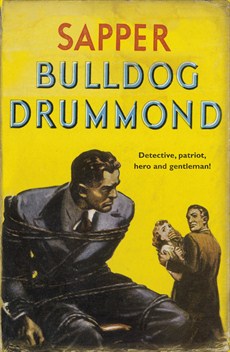
Hugh "Bulldog" Drummond is a fictional character, created by H. C. McNeile and published under his pen name "Sapper". Following McNeile's death in 1937, the novels were continued by Gerard Fairlie. Drummond is a First World War veteran who, fed up with his sedate lifestyle, advertises looking for excitement, and becomes a gentleman adventurer. The character has appeared in novels, short stories, on the stage, in films, on radio and television, and in graphic novels.

South Kentish Town is a disused London Underground station located in Kentish Town, north London, on the High Barnet branch of the Northern line.

Herman Cyril McNeile, MC, commonly known as Cyril McNeile and publishing under the name H. C. McNeile or the pseudonym Sapper, was a British soldier and author. Drawing on his experiences in the trenches during the First World War, he started writing short stories and getting them published in the Daily Mail. As serving officers in the British Army were not permitted to publish under their own names, he was given the pen name "Sapper" by Lord Northcliffe, the owner of the Daily Mail; the nickname was based on that of his corps, the Royal Engineers.
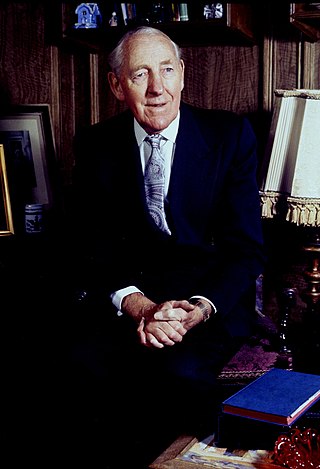
John Norman Hulbert was a British actor, director, screenwriter and singer, specializing primarily in comedy productions, and often working alongside his wife (Dame) Cicely Courtneidge.

Reginald Leigh Dugmore, known professionally as Reginald Denny, was an English actor, aviator, and UAV pioneer.
Runaway! is a 1973 American made-for-television thriller film directed by David Lowell Rich. It is an action thriller involving skiers trapped on a runaway train speeding down a mountain. The film was produced by Universal and originally aired on ABC on September 29, 1973. It was re-titled The Runaway Train when released theatrically abroad.
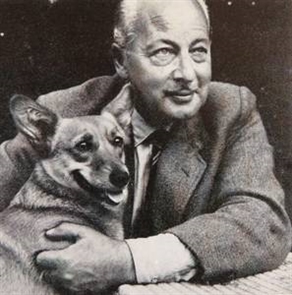
Leslie Perrins was an English actor who often played villains. After training at RADA, he was on stage from 1922, and in his long career, appeared in well over 60 films.
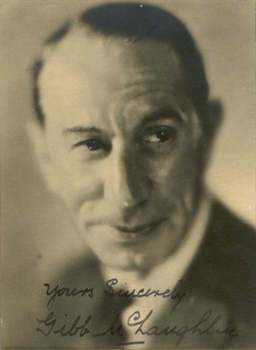
George McLoughlin, known professionally as Gibb McLaughlin, was an English film and stage actor.
Atholl Fleming MBE was a British actor and an Australian radio personality.















